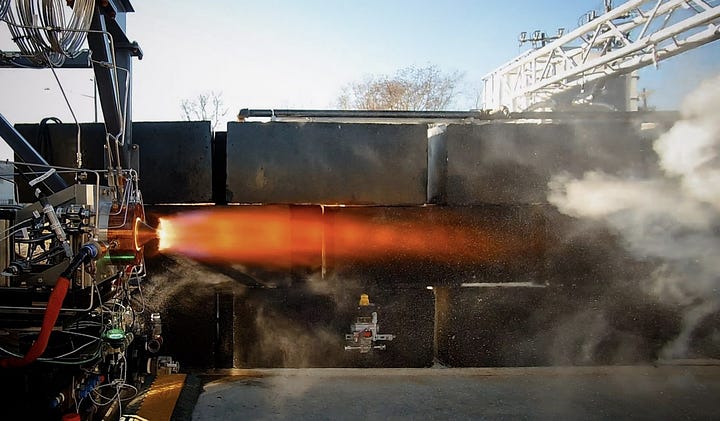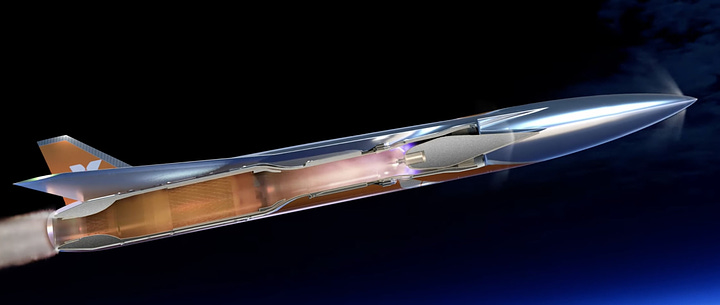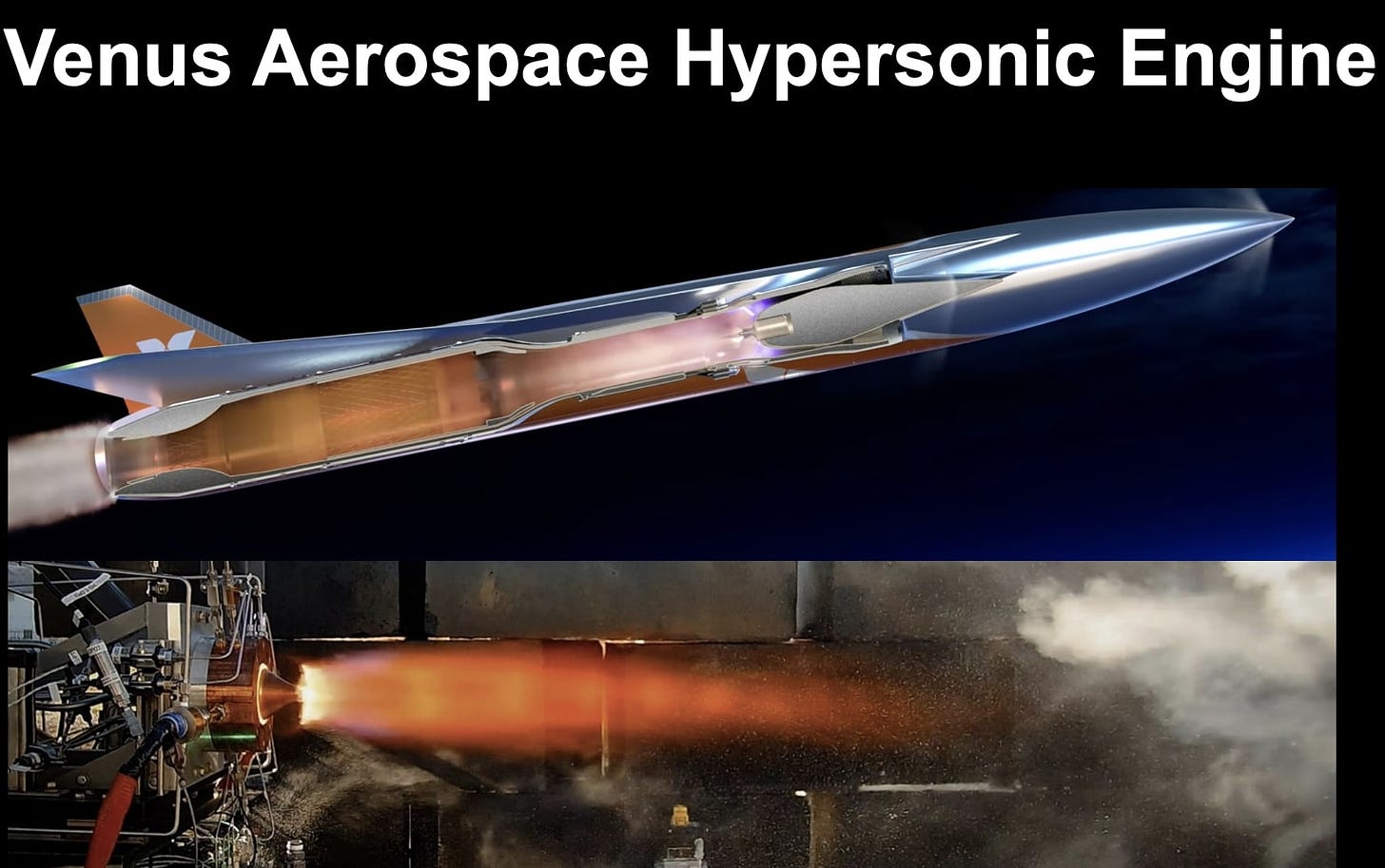Venus Aerospace Unveils Potential Mach 6 Hypersonic Engine and Will Power a Drone in 2025
By Brian Wang
Venus Aerospace advanced propulsion system is engineered to power high-speed vehicles, including drones and aircraft, enabling them to travel vast distances at high altitudes and achieve high-Mach speeds with unmatched efficiency. The VDR2 combines the high thrust and efficiency of the Rotating Detonation Rocket Engine (RDRE) with the high efficiency cruise of a Ramjet. This offers a single engine from take-off to as fast as Mach 6, with a streamlined airflow design for low drag, and eliminates the need for complex mechanical components.
Venus Aerospace integrated a Rotating Detonation Rocket Engine (RDRE) with a regular ramjet for the VDR2 engine.
Speaking at Up.Summit, Dr. Andrew Duggleby unveiled the engine and said, “This engine makes the hypersonic economy a reality. We are excited to partner with Velontra to achieve this revolution in high speed flight, given their expertise in high-speed air combustion.”
“We can’t wait to dig in, make the first one fly, and ultimately perfect an engine concept that has lived mostly in textbooks but never as a production unit in the air,” says Eric Briggs, Velontra’s Chief Operating Officer. “We couldn’t think of a better partner than Venus. Rocketry pioneers in their own right, and ready to tackle the hard problems, we are eager to fly the same path with them.” Combining technologies allows both Venus Aerospace and Velontra to take tangible steps toward their shared vision of unlocking the high-speed flight economy in the commercial and defense sectors.
A Rotating Detonation Rocket Engine (RDRE) overcomes the limitations of a rocket or jet engine by using another novel principle. The RDRE part of the VDR2 consists of two coaxial cylinders with a gap between them. A fuel/oxidizer mixture is squirted into the gap and ignited. If the detonation is configured properly, this generates a closely coupled reaction and shock wave that speeds around inside the gap at supersonic velocity that generates more heat and pressure.
The VDR2 will have the high thrust and efficiency needed to power an aircraft to speeds of up to Mach 6 and an altitude of 170,000 ft (52,000 m) and is 15% more efficient than conventional engines, if Venus Aerospace meets its current design goals.
The VDR2 will take flight in Venus’ hypersonic flight test drone in 2025.


Keep reading with a 7-day free trial
Subscribe to next BIG future to keep reading this post and get 7 days of free access to the full post archives.




